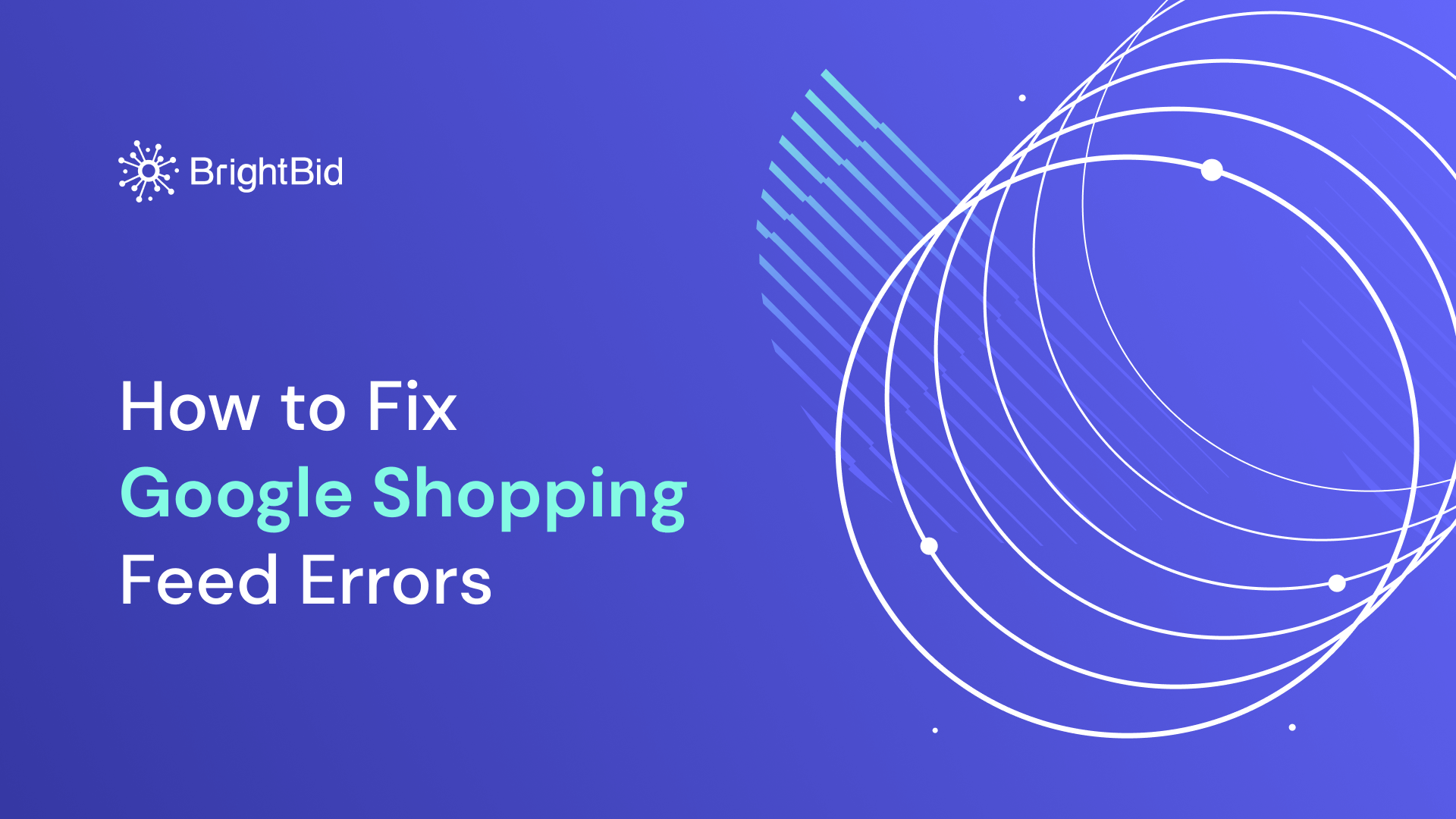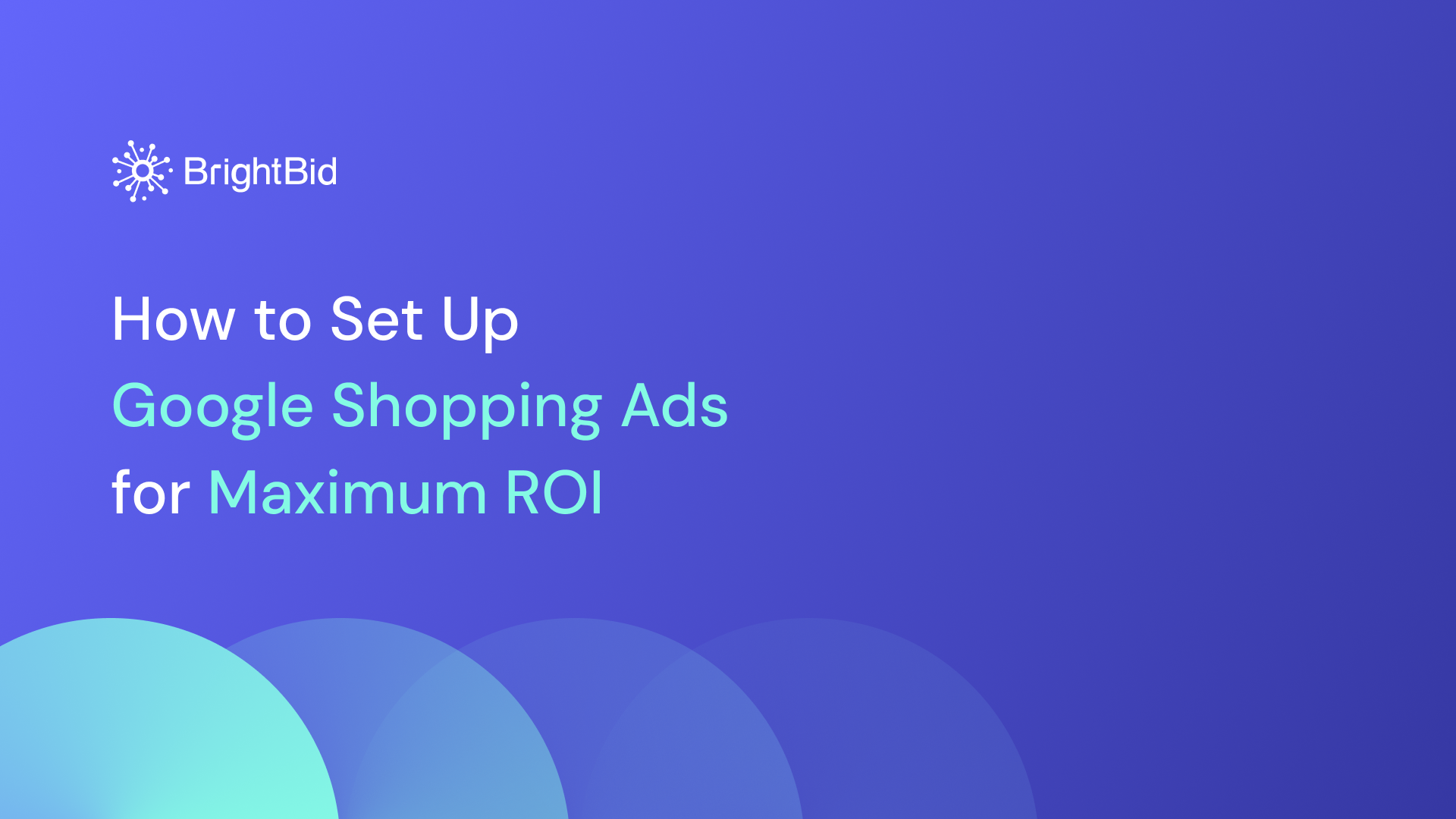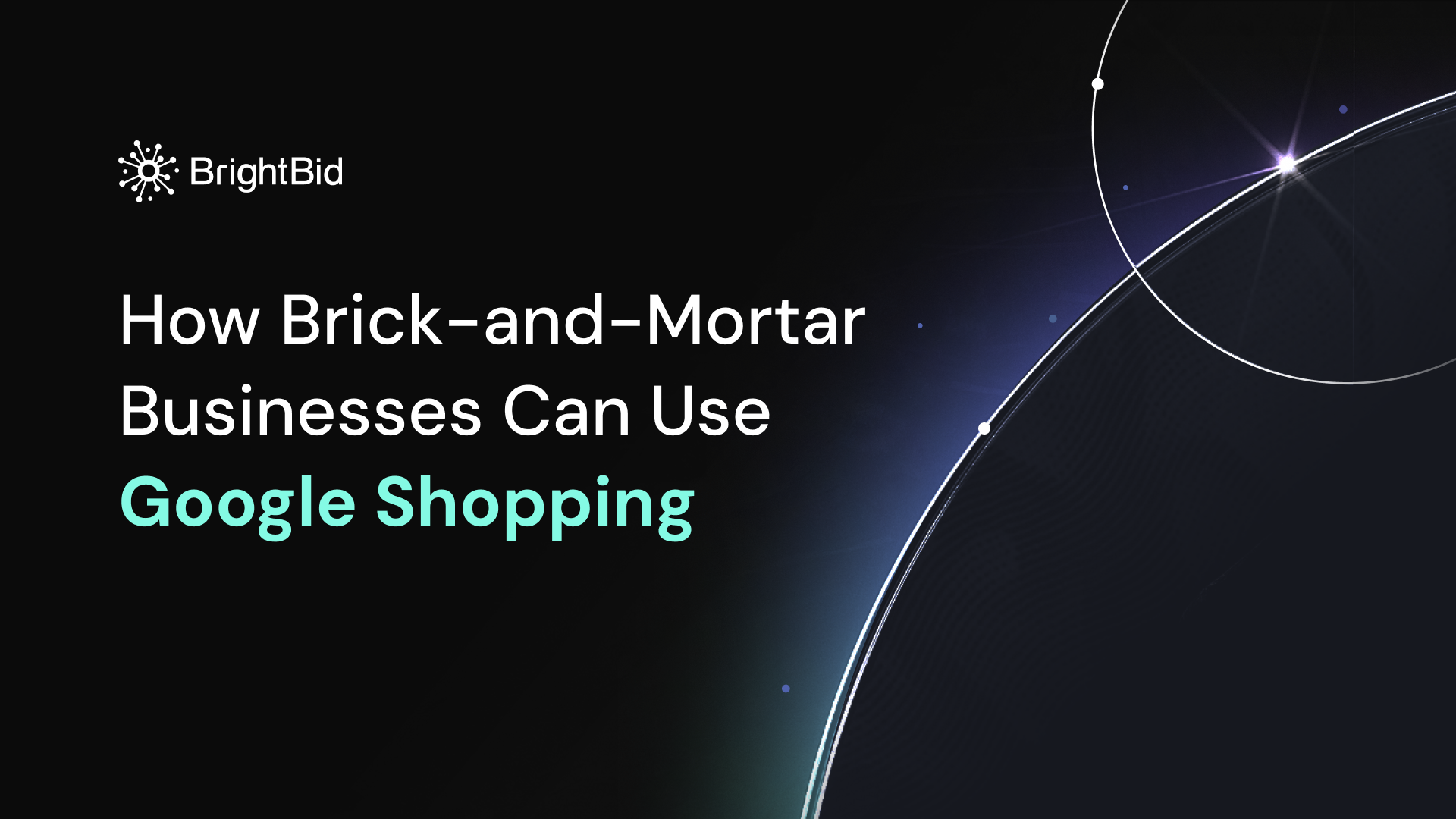Google Shopping Ads are a powerful way to showcase your products directly in search results, capturing the attention of high-intent shoppers. Unlike traditional text-based search ads, Shopping Ads display images, prices, and product details, making them more engaging and conversion-friendly.
If you want to drive more sales with Google Shopping Ads, follow this step-by-step guide to set up your campaign effectively.
Table of Contents
Step 1: Create a Google Merchant Center Account
Google Merchant Center is the platform where you store and manage product data for your Shopping Ads.
- Go to Google Merchant Center and sign in with your Google account.
- Enter your business details, including name, website URL, and country.
- Verify and claim your website to establish ownership.
- Set up tax and shipping information based on your business policies.
Step 2: Upload Your Product Feed
A product feed is a file containing all necessary product information such as title, description, price, availability, and image URLs.
- Create a product feed in CSV, XML, or Google Sheets format.
- Include key attributes like:
- Product title (clear and keyword-rich, based on keyword research)
- Product description (concise, relevant, and optimized for search intent)
- Product category (as per Google’s taxonomy)
- Product image URL (high-quality images work best)
- Price & availability (ensure they match your website)
- Use feed optimization tools like Google’s Feed Rules or BrightBid, to clean up, enhance, and automate feed updates. These tools help:
- Automatically categorize products based on Google’s taxonomy.
- Optimize titles and descriptions for better visibility.
- Detect and fix errors to prevent product disapprovals.
- Synchronize data across multiple channels for consistency.
- Upload the feed to Google Merchant Center via scheduled fetch, direct upload, or API.
- Resolve any errors flagged by Google to ensure all products are approved.
Read this blog post covering more ways to create Google Shopping feeds.
Step 3: Link Merchant Center to Google Ads
To run Shopping Ads, you need to connect your Merchant Center account to Google Ads.
- Go to Merchant Center > Settings > Linked Accounts.
- Select Google Ads and enter your Google Ads account ID.
- Approve the request in your Google Ads account.
Step 4: Create a Google Shopping Campaign
Once your product feed is ready and linked, set up a Shopping campaign in Google Ads.
- Log into your Google Ads account.
- Click + New Campaign and select Sales as the goal.
- Choose Shopping as the campaign type.
- Select your linked Merchant Center account.
- Choose between Standard Shopping or Performance Max campaigns.
Performance Max vs. Standard Shopping
- Standard Shopping Campaigns allow more manual control over bidding, segmentation, and placement, making them ideal for businesses that want to closely monitor performance.
- Performance Max Campaigns leverage Google’s AI to automate bidding, placements, and audience targeting across Google’s entire ad inventory, including Search, Display, YouTube, and Discovery. This is ideal for businesses that want broader reach and automated optimization with minimal hands-on management.
Benefits of Performance Max:
- Automated optimization: Google’s AI dynamically adjusts bids and placements to maximize performance.
- Omnichannel reach: Ads appear across Search, Display, YouTube, Gmail, and Discovery.
- Audience signals: Allows advertisers to provide first-party data and interest-based signals for better targeting.
- Real-time performance tracking: AI continuously refines performance based on live data.
Potential Drawbacks of Performance Max:
- Less control: Advertisers have limited insights into specific placements and bid adjustments.
- Higher dependency on AI: Requires strong data inputs for best results.
- Can be budget-intensive: May spend more aggressively compared to manual campaigns.
Use Performance Max if you have a strong product feed and want AI-driven automation. Use Standard Shopping if you prefer to manage budgets and bidding manually for different product segments.
- Define your budget and bidding strategy:
- Manual CPC (for more control)
- Maximize Clicks (for automated traffic growth)
- Target ROAS (for profit-focused bidding)
- Set up targeting, locations, and audience exclusions.
Step 5: Optimize Your Google Shopping Ads
To maximize ROI, continuously optimize your campaign:
- Use high-quality images: Clear, professional product images improve CTR.
- Optimize product titles & descriptions: Include relevant keywords based on thorough keyword research.
- Segment product groups: Split campaigns by bestsellers, price tiers, or categories.
- Adjust bids based on performance: Increase bids for top-performing products.
- Monitor search terms & use negative keywords: Identify irrelevant search terms in the Google Ads Search Terms Report. Add irrelevant or low-converting keywords as negative keywords to prevent wasted ad spend.
- Leverage remarketing: Retarget users who engaged but didn’t convert.
- Utilize custom labels: Assign custom labels (e.g., “High Margin,” “Best Seller”) to structure your bidding strategy more effectively.
- Use promotional extensions: Highlight special offers, free shipping, or discounts within your Shopping Ads to improve click-through rates.
- Audience targeting: Layer in audience targeting within your Shopping campaigns.
Step 6: Advanced Audience Targeting
Expanding your audience targeting can improve campaign effectiveness. Consider these audience types:
- Remarketing Lists: Target past website visitors to bring them back to complete a purchase.
- Customer Match: Upload your email list and target existing customers across Google’s network.
- Affinity Audiences: Reach users who have shown long-term interest in your product category.
- In-Market Audiences: Target users actively researching and comparing similar products.
- Similar Audiences: Google finds new users similar to your existing customers.
To create these audiences:
- Go to Google Ads Audience Manager.
- Select Create Audience and choose the appropriate audience type.
- Apply the audience segments to your Shopping campaign.
Step 7: Optimize for Mobile Traffic
With a significant portion of shopping traffic coming from mobile devices, ensure your ads are mobile-friendly:
- Use high-quality, square product images to display well on mobile.
- Ensure your landing pages are fast-loading and mobile-optimized.
- Enable mobile bid adjustments to increase or decrease bids based on mobile performance.
Step 8: Track & Analyze Performance
Regularly monitor your campaign’s performance through Google Ads reports and Google Analytics.
Key metrics to track:
- CTR (Click-through Rate) – Indicates how compelling your ad is.
- Conversion Rate – Shows how many clicks lead to purchases.
- ROAS (Return on Ad Spend) – Measures campaign profitability.
- Impression Share – Reveals how often your ads appear compared to competitors.
Step 9: Stay Updated on Google Shopping Policies
Google Shopping policies change frequently, and violations can lead to disapprovals or account suspensions. Always check the Google Shopping policies to ensure compliance with product data requirements, prohibited content, and advertising standards.
Final Thoughts
Google Shopping Ads are an essential tool for e-commerce businesses looking to drive sales and visibility. By carefully setting up and optimizing your campaigns with advanced strategies like Performance Max automation, audience targeting, and feed optimization tools, you can maximize conversions and achieve a strong return on investment.
Start your Shopping Ads journey today and watch your online sales grow!



 ” />
” />

 ” />
” />
